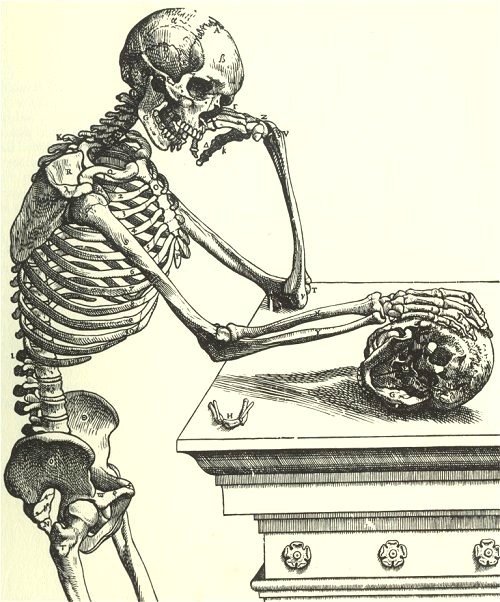Aging Brain
Today, our brains age. The University of Houston's College of Engineering presents this series about the machines that make our civilization run, and the people whose ingenuity created them.
Science magazine writer Laura Helmuth describes new studies of the way our brains age. Scientists have come up with some surprises. We've known part of the story for some time -- that brains cells die, for example, and that certain brain centers shrink. The volume of our hippocampus, which is crucial to memory, shrinks about seven percent per decade after we reach 45.
On average, our capacity for processing information undergoes a fairly steady decline from age twenty through eighty. However, the drop varies greatly from person to person. Our knowledge and understanding of words steadily increases up to the age of seventy. Then it begins dropping off only slightly. "That should give comfort," Helmuth says, "to those who have been trounced by a great-aunt in a game of Scrabble."
So just what is the brain up to as we age? Researchers have been running tests with positron emission tomography. These PET scans reveal what's happening in the brain while subjects think. The result is remarkable.
When a young person focuses upon, say, a verbal puzzle, the left and right hemispheres both show activity, but only for a moment. The young person will quickly squelch right brain activity and focus thought within the left brain. The old person no longer does that. Instead, the older test-taker continues using more than one portion of the brain.
This opens the way to different implications. It might reflect a sort of floundering inefficiency in the older person. But another factor emerges. The fastest of the old people show the strongest activity in the extra hemisphere. That suggests that many older people have developed means for calling in additional resources. It gives new meaning to the old expression, ring wise.
Take the problem of recognizing faces: When elders are called on to match faces, they often go to the region of the brain that processes emotions. Perhaps the older person uses the emotional content of the face, the expression, in the identification.
Helmuth ends by raising the old question of wisdom. What about that mystic quality? I'm still impatiently awaiting its arrival. And all these tests, it turns out, tell us almost nothing about wisdom. Helmuth says, "It's awfully tough to find a quantitative measure, much less one that can be assessed while the aged but wise recline in a PET scanner." Still, it is clear that we old think very differently now than we did fifty years ago. Whether that's for better or worse, I am greatly helped by something Wordsworth wrote,
The wiser mind
Mourns less for what age takes away
Than what it leaves behindAnd often, glad no more,
We wear a face of joy because
We have been glad of yore.
I'm John Lienhard, at the University of Houston, where we're interested in the way inventive minds work.
(Theme music)
Helmuth, L., A Generation Gap in Brain Activity. Science, Vol. 296, June 21, 2002, pp 2131-2133.

Andreas Vesalius' Yorick-like image of the human skull (or mind), contemplating the human mind, 1542 (about sixty years before Shakespeare wrote Hamlet).